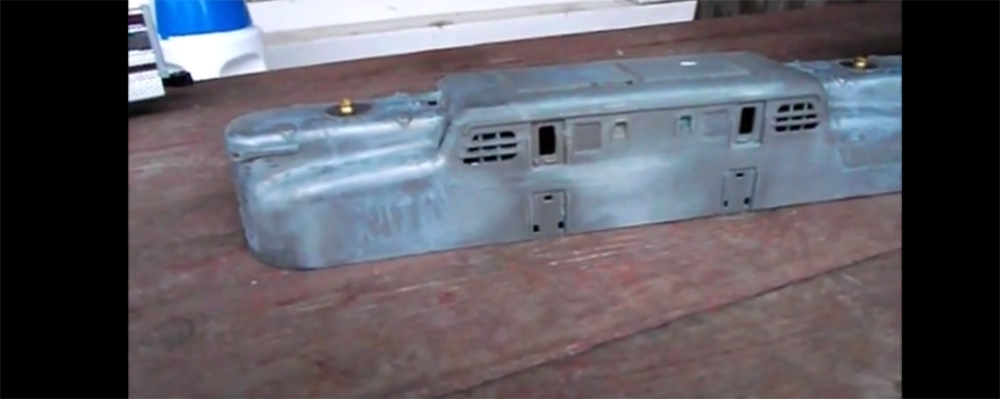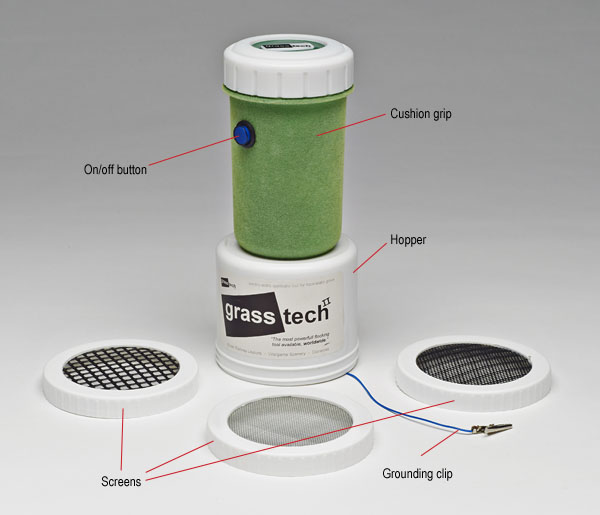
GrassTech II static grass applicator Price: $94.95 to $134.49 Manufacturer: GrassTechUSA 17001 Lincoln Ave. no. 424 Parker, CO 80134 www.grasstechusa.com Comments: Got a lot of ground to cover? The GrassTech II is an easy-to-use, effective static grass applicator. I tested the first version of the tool that was priced at $94.95. Version 2 with a […]
Read More…
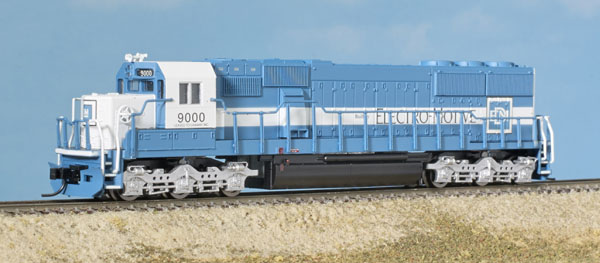
Atlas N scale EMD SD60 diesel locomotive A popular modern-day Electro-Motive Division workhorse is being offered in new paint schemes by Atlas. The 6-axle, 3,800-hp SD60 was the replacement for EMD’s aging SD40 and less than successful SD50. Atlas’ version is an accurately scaled, finely molded, and crisply painted N scale model. History. In the […]
Read More…
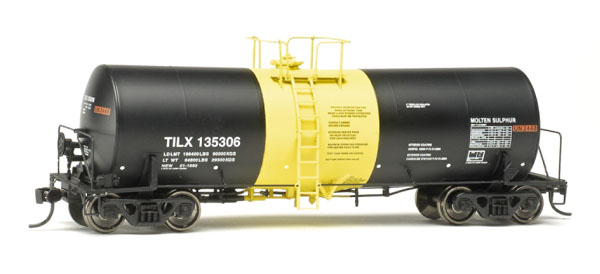
Walthers HO scale 14,000-gallon sulfur tank car Tank cars are among the most specialized freight cars operating today. They come in a seemingly infinite variety to haul all sorts of petrochemicals and liquid products. This Walthers model is a replica of a prototype car built by Trinity Industries to transport molten sulfur. Sulfur is […]
Read More…
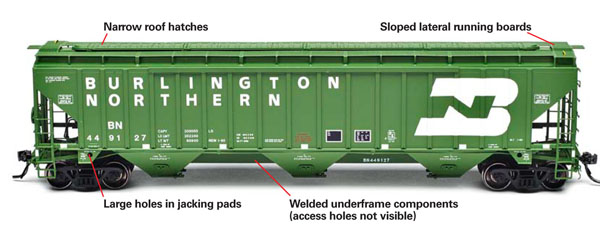
Tangent HO scale Pullman-Standard 4750 covered hopper Price: $42.95 Manufacturer Tangent Scale Models P.O. Box 6514 Asheville, NC 28816 www.tangentscalemodels.com Era: 1979 to present Road names: Burlington Northern, Family Lines with Louisville & Nashville reporting marks, Foster Farms, Mid-South Milling, Missouri-Kansas-Texas, and Southern Ry. Comments: Tangent Scale Models has released a newly tooled version of […]
Read More…
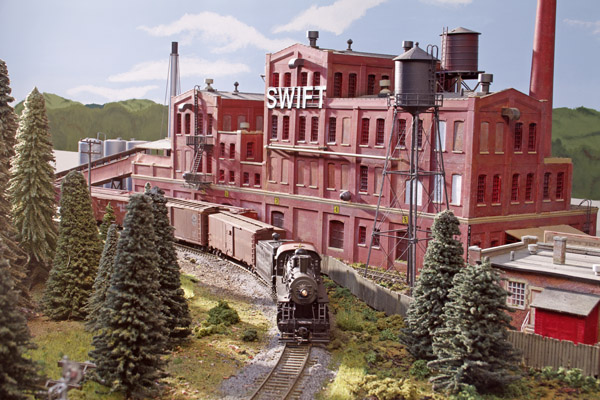
Mat Thompson’s Swift meat-packing plant ships and receives enough freight car traffic to warrant a full-time dedicated switch job on his HO scale Oregon Coast RR. Refrigerator cars Inbound iced reefers to the cooling track Cooled reefers to plant Track 1 doors for loading Outbound loaded reefers Stockcars Inbound loaded 40- foot and 50-foot cars […]
Read More…
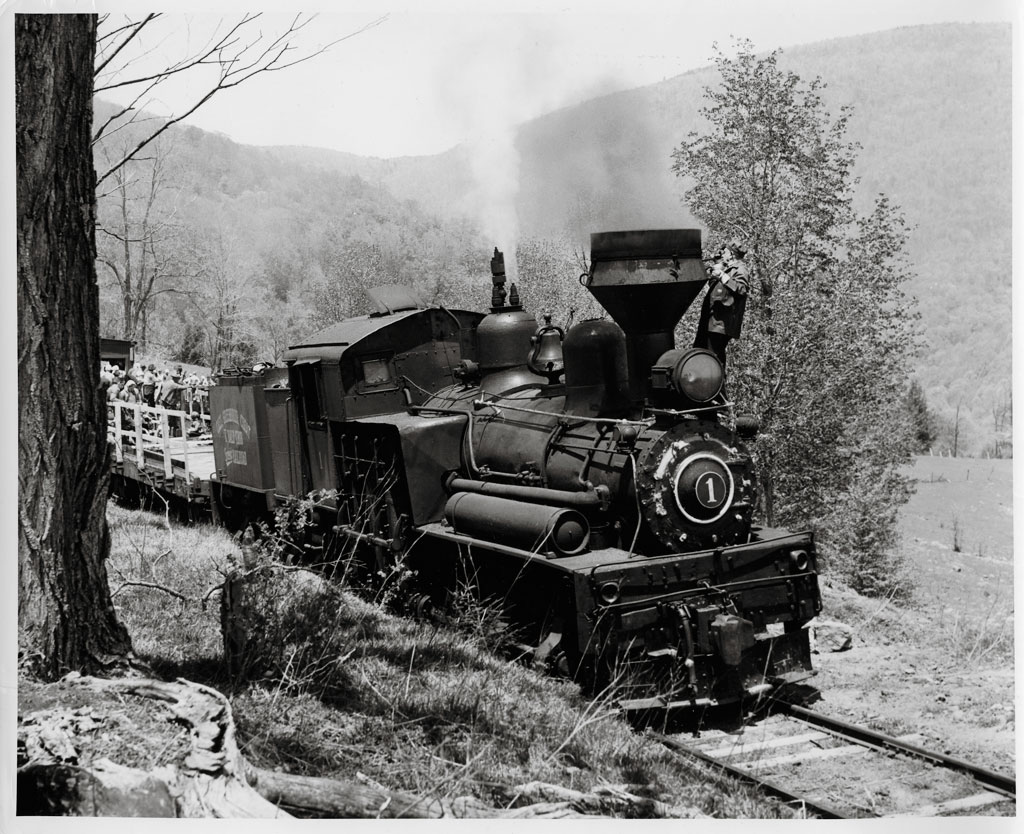
On May 29, 1961, engineer Walter Good tightens the spark arrestor on Cass Shay No. 1 after the engine started a brush fire. The railroad was in transition at the time from logging railroad to tourist attraction. Check out more Cass and West Virginia coverage in the August 2013 issue of Trains magazine. Photo by John P. Killoran […]
Read More…
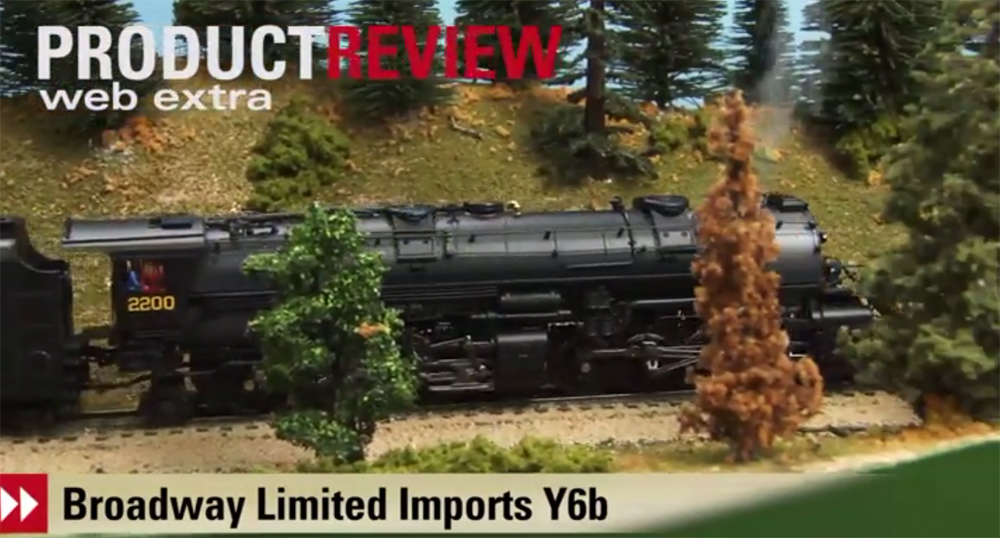
Having trouble viewing this video? Please visit our Video FAQ page Broadway Limited’s new HO scale Y6b steam locomotive includes a lot of great features, including smoke, sound, Digital Command Control, and amazing pulling power. Watch it run on our HO scale layout in this video. […]
Read More…

Having trouble viewing this video? Please visit our Video FAQ page Broadway Limited’s new HO scale Y6b steam locomotive includes a lot of great features, including smoke, sound, Digital Command Control, and amazing pulling power. Watch it run on our HO scale layout in this video. […]
Read More…
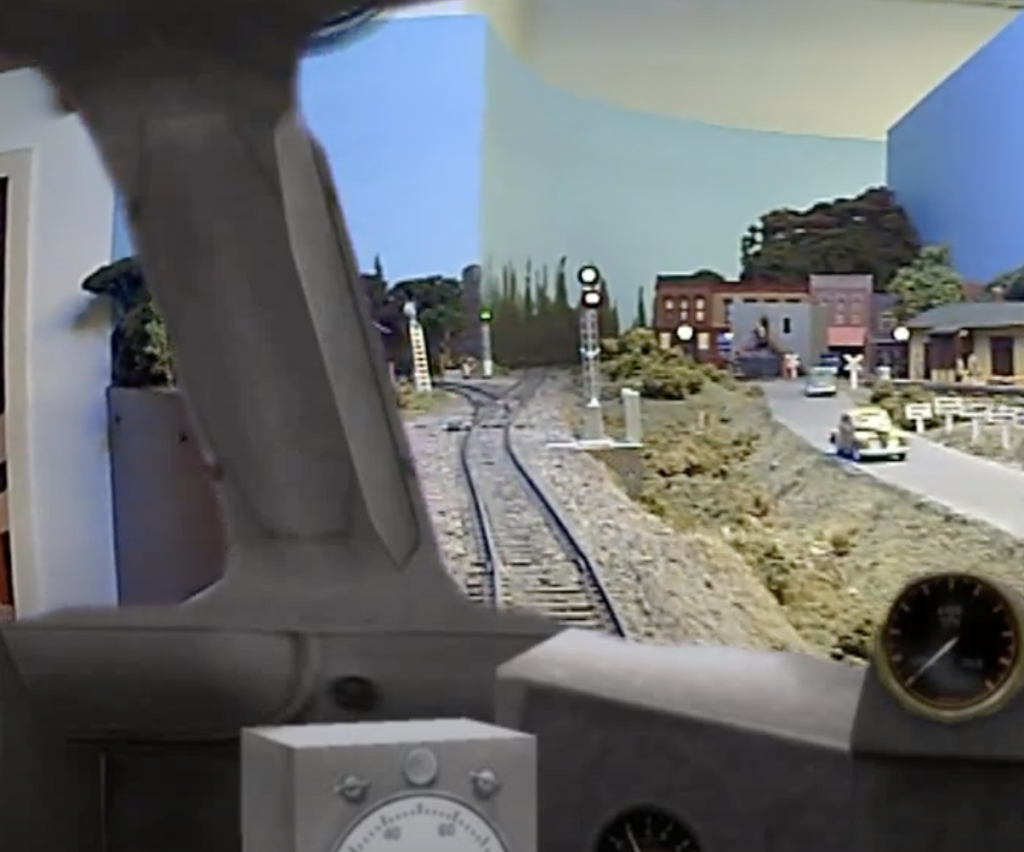
This is a “track-level” tour of my HO scale Rice Lake, Dallas & Menomonie RR. It was shot with a Midland “XTC” camera set in a gondola. Video shot by Bob Wundrock […]
Read More…

This is a “track-level” tour of my HO scale Rice Lake, Dallas & Menomonie RR. It was shot with a Midland “XTC” camera set in a gondola. Video shot by Bob Wundrock […]
Read More…







